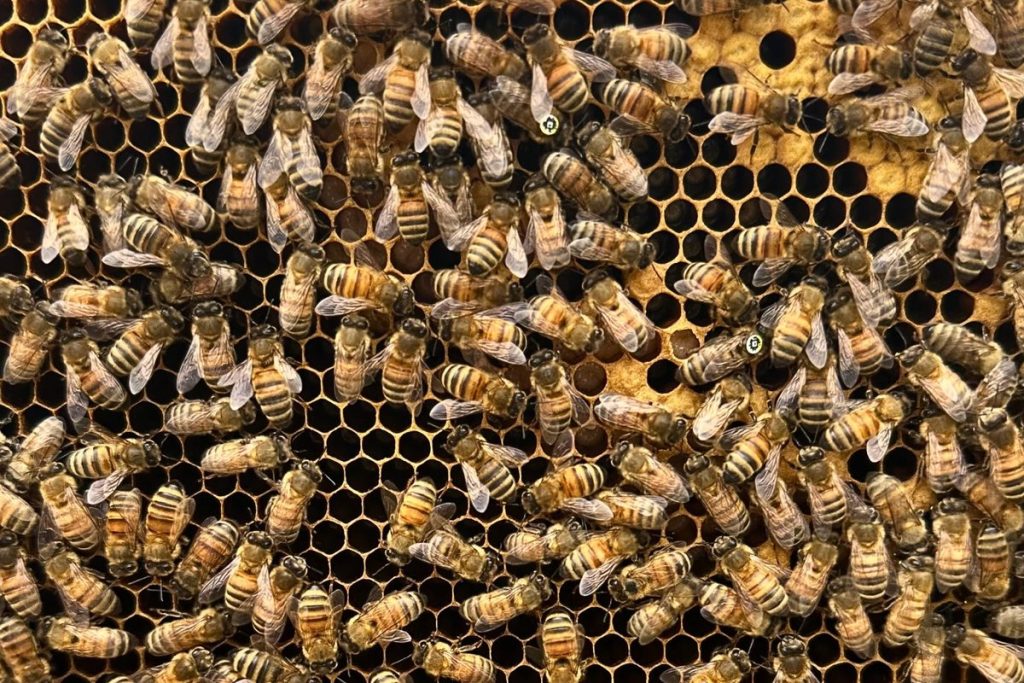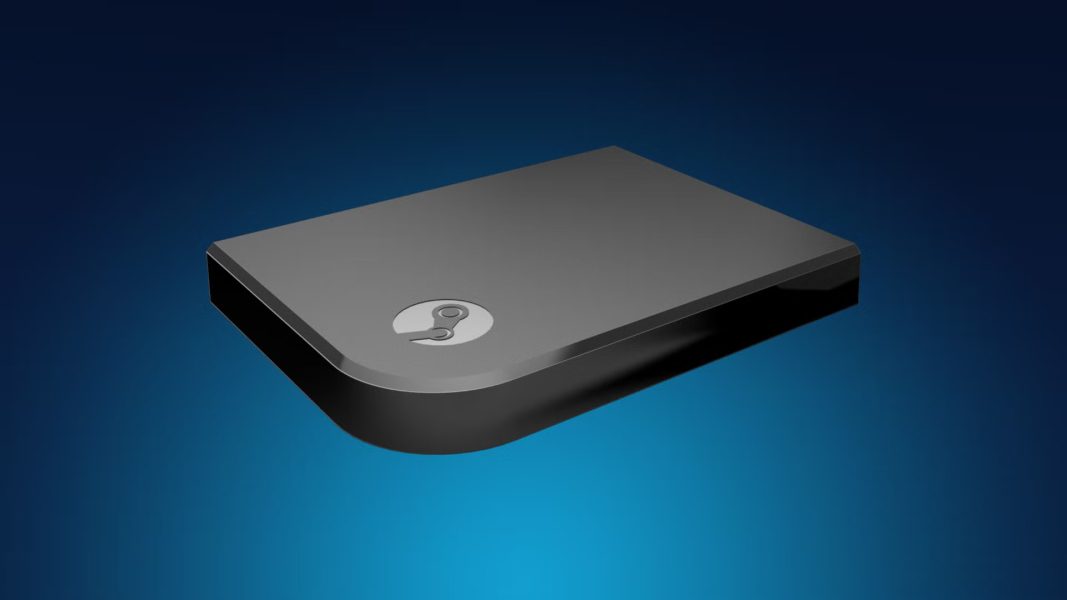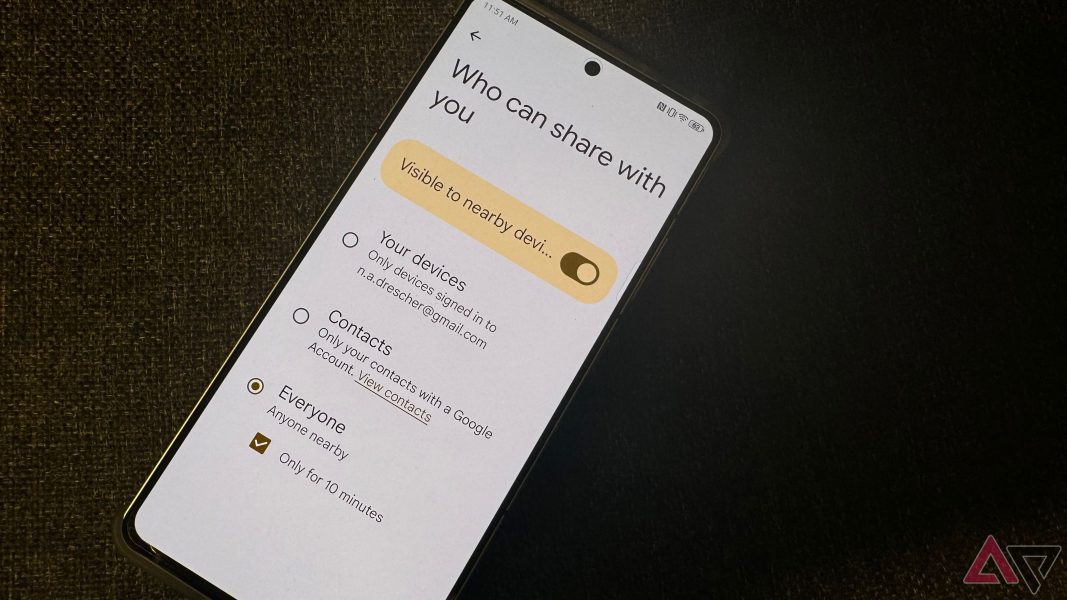Bees wearing QR codes reveal secrets from the hive – BBC Discover Wildlife

Measuring no more than 2.6mm in diameter, the tiny QR codes are being used to record the foraging behaviour of honeybees in Pennsylvania and New YorkDaniel GrahamThousands of honeybees in Pennsylvania and New York have been fitted with tiny QR codes (Quick Response codes) on their backs, helping scientists track their movements in and out of hives. This innovative research, combining entomology and electrical engineering, aims to uncover how far bees travel to forage. Early findings reveal that while most trips last only minutes, some bees remain away for over two hours. The study, published in HardwareX, could help transform our understanding of honeybee behaviour, particularly in relation to organic beekeeping, say the researchers.Traditionally, researchers have relied on direct observations to study bee activity, but this method has limitations, says Margarita López-Uribe, Associate Professor of Entomology at Penn State University and study author. López-Uribe explains that the new system employs an automated imaging setup with a camera sensor at the hive entrance, logging each bee’s movements using QR codes.This technology provides a continuous, accurate record of foraging activity, offering insights into bee behaviour on a scale never before possible, says López-Uribe. “In field biology, we usually just look at things with our eyes, but the number of observations we can make as humans will never scale up to what a machine can do.”During the study, researchers tagged 600 young bees every two weeks throughout the active season, eventually tracking over 32,000 bees. The system recorded data such as departure and return times, temperature and overall foraging behaviour. Their findings indicate that while most trips are brief, 34% of bees spend over two hours away from the hive, possibly indicating long foraging trips or failure to return.Understanding flight distances is important for organic beekeeping, says López-Uribe, explaining that in 2010 the U.S. Department of Agriculture proposed standards requiring organic hives to be placed far from pesticide-treated areas, based on estimates that bees can fly up to 10 kilometres. However, the study suggests most bees travel significantly shorter distances. This could lead to more practical regulations, making organic certification more accessible for beekeepers, says López-Uribe.The team is now collaborating with Virginia Tech to compare tracked foraging times with decoded ‘waggle dances’, a figure-of-eight movement that honeybees use to communicate food locations. Future studies may expand to track drone and queen bees, providing further insight into colony dynamics. Researchers also plan to host workshops, allowing beekeepers to build and use their own tracking systems.Main image: bees in hive/Margarita López-Uribe, Robyn Underwood, Julio Urbina, Diego Penaloza-Aponte and team/Penn StateMore wildlife stories from around the worldDaniel GrahamContent editor






